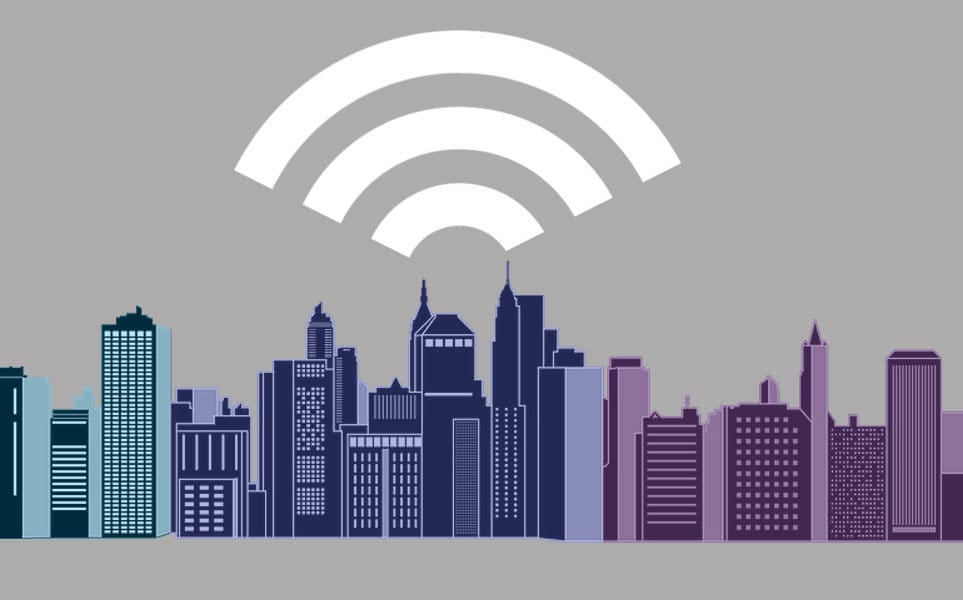What Is a Public Network?
A public network refers to a type of network that is accessible to the general public, allowing individuals to connect to other networks or the Internet. This stands in contrast to a private network, which imposes restrictions and access rules to limit usage to a specific group. Given its open nature, users should exercise caution due to potential security risks associated with accessing public networks.
The Essence of Public Networks
The term “public network” primarily operates as a categorical descriptor rather than an entity defined by specific technical configurations. While private and public networks exhibit minimal disparities in terms of hardware and foundational infrastructure, distinctions become prominent within the realm of security protocols, addressing conventions, and authentication mechanisms that are employed.
Because public networks are open to all users without discrimination, they necessitate a proactive implementation of rigorous security measures. These measures are essential to counteract a spectrum of threats and malicious endeavors that exploit the network’s unrestricted nature. The very openness that invites widespread usage also renders public networks susceptible to infiltration attempts by malicious actors aiming to compromise the systems of unsuspecting users. Instances have emerged wherein confidential corporate information has fallen victim to compromise, often as a result of executives utilizing their personal devices in public spaces equipped with open WiFi connections.
In essence, comprehending the dynamics of public networks and their inherent security considerations assumes paramount significance in an age where connectivity and accessibility are increasingly vital. Users must exercise vigilance and adopt a security-conscious mindset to navigate the opportunities and risks presented by the open landscape of public networks.

